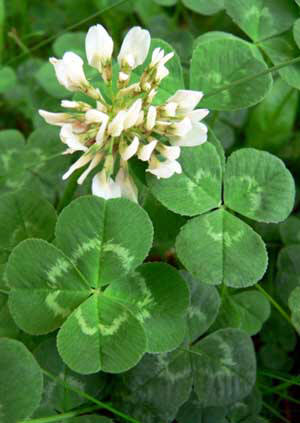Western honey bees Apis mellifera L. have an important role as pollinators of agricultural crops, honey producers, and producers of hive-related commodities such as beeswax, propolis, and royal jelly. Knowing the global distribution of honey bee pests and pathogens is key to developing strategies for their control and limiting their further spread.
A review of honey bee pest and pathogen distribution was conducted by scientists at The University of Florida, Plant & Food Research and Bayer CropScience to update the work of Ellis & Munn (2005), with a special emphasis on new and emerging pests/pathogens and noting the spread of those pest/pathogens discussed in earlier reviews.
The updated review was also motivated by increased interest in loss rates of managed honey bee colonies, which has resulted in more publications on honey bee pests and pathogens.
An interactive system was adopted where the maps and tables provided at www.worldhoneybeehealth.com can be updated as needed by the author team. Members of the team will update the maps and tables early every year to reflect new information reported for any pest/pathogen the previous year. Additionally, maps will be updated if new (validated) findings are brought to their attention by readers/ users (details available on the website).
All tables and maps are free to download and use with appropriate citation (maps are open source). High resolution images were used to generate each map. You can see country status by zooming into the region or country of interest if the land area is too small to see at the whole-map level.
The following geographical considerations were noted by the scientists:
- Even if a small area of the country is affected by the pest or pathogen, the whole country will still be marked as the pathogen being present.
- Territories or states in the same country but separated by landmasses or bodies of water were not considered the same country, and treated separately.
- Any now-defunct political entities were reported from the new geopolitical entities where possible. When not possible, all new entities that incorporated part(s) of the old entities were highlighted. This is intended to be fixed in the future by incorporating GPS coordinates for the locations where the various pathogens/pests were found.
- Not all countries have robust beekeeping and/or scientific communications. Therefore if a pest/pathogen is not marked as ‘present’ in a country, it does not necessarily mean that it is not present.
Journal references
Boncristiani H, Ellis JD, Bustamante T, Graham J, Jack C, Kimmel CB, Mortensen A, Schmehl DR 2020. World Honey Bee Health: The global distribution of western honey bee (Apis mellifera L.) pests and pathogens. Bee World, DOI: 10.1080/0005772X.2020.1800330
Ellis JD, Munn PA 2005. The worldwide health status of honey bees. Bee World, 86:4, 88-101, DOI: 10.1080/0005772X.2005.11417323
Source: Plant & Food Research












